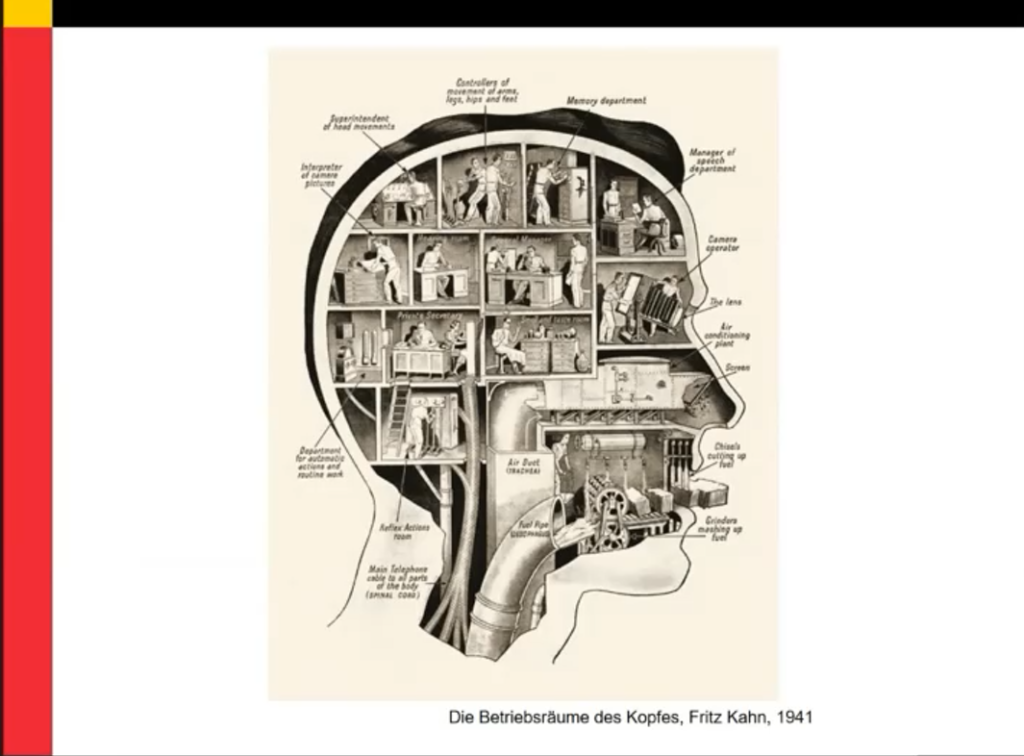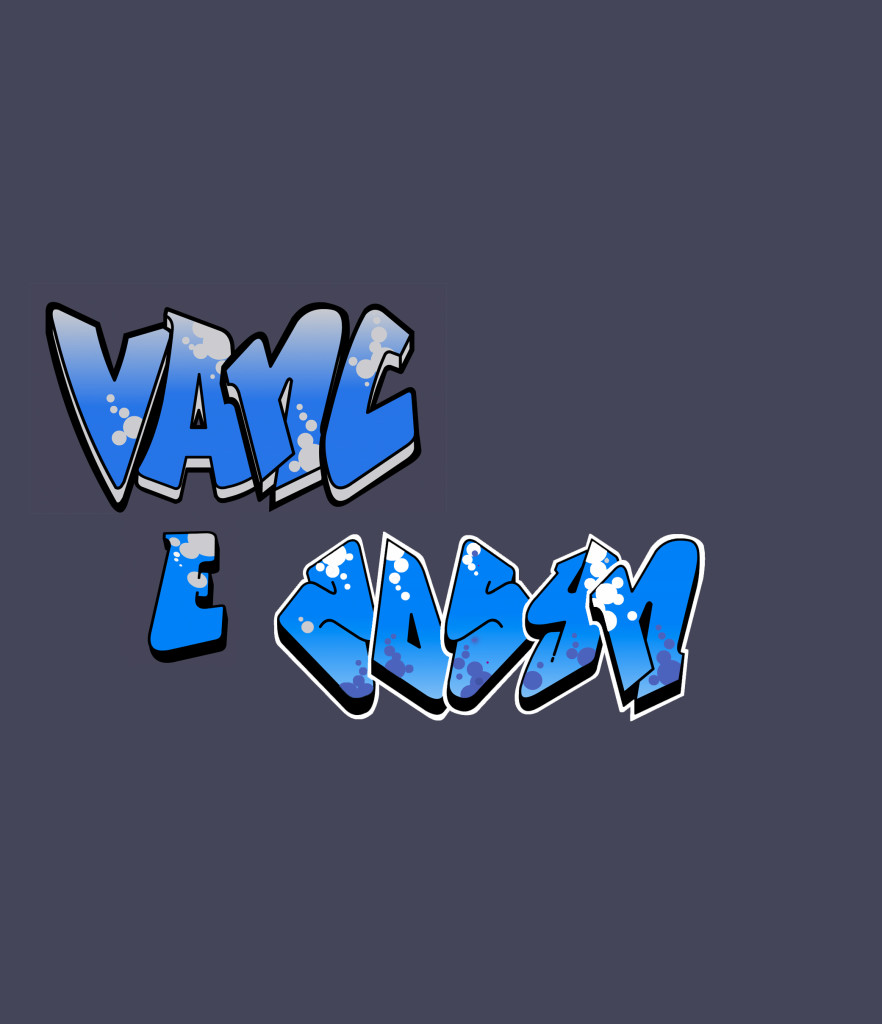Dr. Deborah Stein returns for another core content lecture, this time giving a crash course on hemodialysis, CRRT, CVVH, CVVHD, and a number of other concepts about managing acute renal failure in the ICU. For this lecture, Dr. Stein went “old school” and brought us back to the greaseboard. This is a must watch primer on renal replacement therapy – something encountered every day in the ICU. Check out her drawing skills and more below in this week’s core content lecture.
Audio Player
Podcast: Play in new window | Download
Subscribe: Apple Podcasts | RSS
Key Variable Definitions
- QB = Blood flow rate through the filter (mL/min)
- QUF = Ultrafiltration rate (mL/hour) also known as “PFR – Patient Fluid Removal” when using Gambro pumps
- QD = Dialysate flow rate (L/hour)
- QSF = Rate of fluid given to the patient pre- or post- filter (L/hour)
Pearls
- There is no definitive evidence that continuous renal replacement therapy (CRRT) improved morbidity or mortality over intermittent hemodialysis (IHD). However, many studies comparing the two have excluded hemodynamically unstable patients.
- Choose CRRT over IHD for patients with severe rhabdomyolysis and acute renal failure because the IHD filters will not clear myoglobin.
- Trisodium citrate is commonly used to anti-coagulate blood running through the dialysis filter. It is also a potent calcium binding agent. If using trisodium citrate, it’s important that you aggressively supplement the patient’s calcium (post-filter) to prevent significant hypocalcemia.
Suggested Reading
- Cerdá J, Ronco C. Modalities of Continuous Renal Replacement Therapy: Technical and Clinical Considerations. Semin Dial. 2009 Mar-Apr;22(2):114-22.
- Prowle JR, Schneider A, Bellomo R. Clinical review: Optimal dose of continuous renal replacement therapy in acute kidney injury. Crit Care. 2011;15(2):207.



